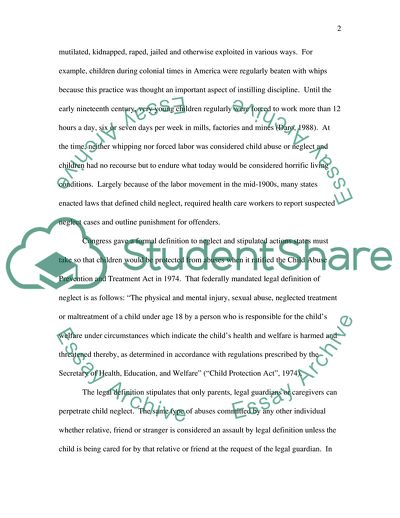Cite this document
(Negative Consequences of Child Abuse Research Paper, n.d.)
Negative Consequences of Child Abuse Research Paper. Retrieved from https://studentshare.org/family-consumer-science/1722587-child-abuse
Negative Consequences of Child Abuse Research Paper. Retrieved from https://studentshare.org/family-consumer-science/1722587-child-abuse
(Negative Consequences of Child Abuse Research Paper)
Negative Consequences of Child Abuse Research Paper. https://studentshare.org/family-consumer-science/1722587-child-abuse.
Negative Consequences of Child Abuse Research Paper. https://studentshare.org/family-consumer-science/1722587-child-abuse.
“Negative Consequences of Child Abuse Research Paper”. https://studentshare.org/family-consumer-science/1722587-child-abuse.


